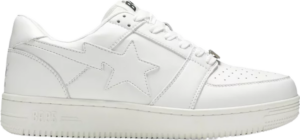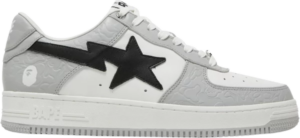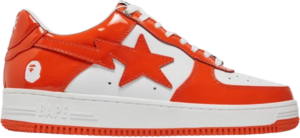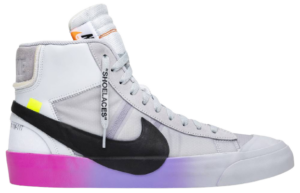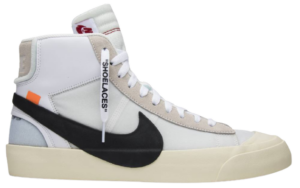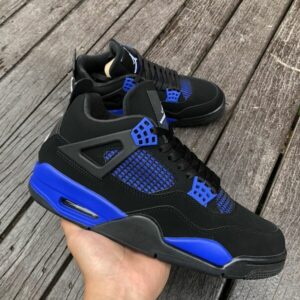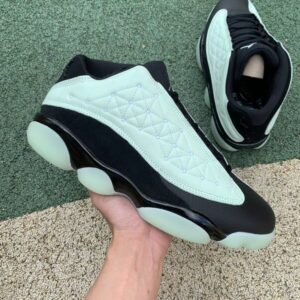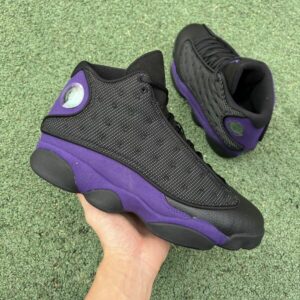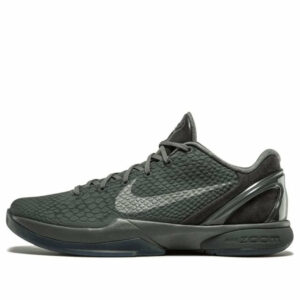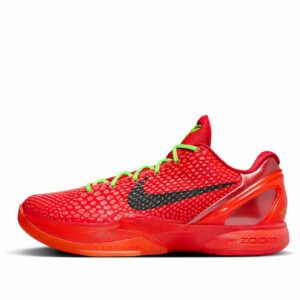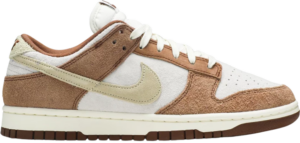Are you tired of the painful blisters and raw skin caused by your shoes rubbing against your ankles? You’re not alone. Ankle rubbing is a common issue that can turn a simple walk into an agonizing ordeal. But don’t worry, we’ve got you covered. Welcome to our ultimate guide to comfortable shoes, where we’ll help you prevent ankle rubbing and step into comfort. In this comprehensive guide, we’ll explore the latest trends, top shoe brands, and expert tips to help you find the perfect pair of shoes that won’t rub your ankles raw. So, say goodbye to discomfort and hello to happy feet! Let’s dive in and discover how to make every step a pleasure.
Takeaways from the Article:
| Section | Key Points |
|---|---|
| Introduction | – Ankle rubbing is a common issue causing discomfort during walking. – This guide provides solutions for comfortable shoes to prevent ankle rubbing. |
| Understanding Ankle Rubbing | – Ankle rubbing is often caused by ill-fitting shoes, prolonged walking, or specific foot shapes. – Consequences include blisters, calluses, ulcers, and hyperkeratosis. |
| Choosing the Right Footwear | – Proper fit, cushioning, and supportive design are crucial for ankle comfort. – Material quality matters; soft, breathable materials reduce friction. |
| Proper Shoe Fitting | – Measure feet at their largest point in the day. – Ensure half-inch space between the longest toe and shoe end. – Consider shoe width for comfort. |
| Expert Tips | – Wear the right shoe size and consider shoe material. – Wear appropriate socks and consider using insoles for added comfort. |
| Conclusion | – With the right knowledge, one can find comfortable shoes to prevent ankle rubbing. – The article emphasizes understanding foot type, choosing the right size, and prioritizing quality materials. |
Understanding Ankle Rubbing: Causes and Consequences
When it comes to foot comfort, one common issue many people face is ankle rubbing. This uncomfortable situation is often caused by ill-fitting shoes, prolonged walking or running, or certain foot shapes. Shoes that are too tight, too loose, or not properly broken in can rub against your ankle, causing discomfort and even pain. Additionally, if you have high arches or flat feet, you may be more susceptible to ankle rubbing due to the way your foot moves inside your shoe.
Bapesta ‘Triple White’
$229.99 Select options This product has multiple variants. The options may be chosen on the product pageBapesta ‘Green’
$229.99 Select options This product has multiple variants. The options may be chosen on the product pageBapesta ‘White Grey’
$229.99 Select options This product has multiple variants. The options may be chosen on the product pageBapesta ‘Orange’
$229.99 Select options This product has multiple variants. The options may be chosen on the product page
The consequences of ankle rubbing are not just temporary discomfort. Over time, it can lead to blisters, calluses, and even ulcers. These conditions can be painful and may require medical treatment if they become severe. Furthermore, constant rubbing can cause the skin on your ankles to thicken and harden, a condition known as hyperkeratosis. This can make wearing shoes even more uncomfortable and may limit your choice of footwear. Therefore, understanding the causes and consequences of ankle rubbing is the first step towards finding comfortable shoes that prevent this issue.
Choosing the Right Footwear: Key Features for Ankle Comfort
When it comes to preventing ankle rubbing, the right footwear is your first line of defense. It’s essential to understand the key features that contribute to ankle comfort. Proper fit, adequate cushioning, and supportive design are three crucial elements to consider when choosing shoes to prevent ankle discomfort. Shoes that are too tight or too loose can cause friction against your ankle, leading to discomfort and potential injury. Adequate cushioning, particularly around the ankle collar, can help to reduce pressure and rubbing. A supportive design, including a well-structured heel counter, can provide stability and prevent excessive movement that could lead to ankle rubbing.
Blazer Mid x OFF-WHITE ‘Grim Reapers’
$239.99 Select options This product has multiple variants. The options may be chosen on the product pageBlazer Studio Mid x OFF-WHITE x Serena Williams ‘Queen’
$229.99 Select options This product has multiple variants. The options may be chosen on the product pageBlazer Mid x OFF-WHITE ‘All HallOFF-WHITEs Eve’
$229.99 Select options This product has multiple variants. The options may be chosen on the product pageBlazer Mid x OFF-WHITE ‘The Ten’
$229.99 Select options This product has multiple variants. The options may be chosen on the product page
Material quality is another important factor. Shoes made from soft, breathable materials can help to reduce friction and keep your feet cool and comfortable. Look for shoes with a flexible upper that can adapt to the shape of your foot, reducing the risk of rubbing. Additionally, consider the insole and outsole of the shoe. A soft, cushioned insole can provide extra comfort and support, while a durable outsole with good traction can help to prevent slips and falls that could injure your ankle. Remember, the ultimate goal is to find shoes that offer a balance of comfort, support, and style to keep your ankles happy and healthy.
Proper Shoe Fitting: A Step-by-Step Guide to Avoid Ankle Rubbing
When it comes to preventing ankle rubbing, the importance of proper shoe fitting cannot be overstated. Ill-fitting shoes are a leading cause of discomfort and can lead to painful blisters, calluses, and even long-term foot problems. To ensure your shoes fit correctly and comfortably, follow this step-by-step guide.
First, measure your feet at the end of the day when they’re at their largest. This can be done at home using a ruler or tape measure, or at a shoe store for a more precise measurement. Remember, your shoe size can change over time due to factors like aging, weight gain, or pregnancy, so it’s a good idea to measure your feet every time you buy new shoes. Next, try on shoes with the socks you plan to wear with them. This will give you a more accurate fit. When trying on shoes, there should be about a half-inch of space between your longest toe and the end of the shoe. This space allows your foot to move forward when you walk, preventing your toes from rubbing against the front of the shoe.
Air Jordan 4 Blue Thunder Retro “Heilan”
$218.01 Select options This product has multiple variants. The options may be chosen on the product pageAir Jordan 13 Retro Low ‘Singles Day’
$275.22 Select options This product has multiple variants. The options may be chosen on the product pageAir Jordan 13 Retro ‘Obsidian’
$279.22 Select options This product has multiple variants. The options may be chosen on the product pageAir Jordan 13 Retro ‘Court Purple’
$275.78 Select options This product has multiple variants. The options may be chosen on the product page
Pay attention to the width of the shoe as well. The shoe should fit snugly around your foot, but not be too tight. If the shoe is too narrow, it can squeeze your foot and cause discomfort. On the other hand, if the shoe is too wide, your foot can slide around, leading to ankle rubbing. Lastly, walk around in the shoes before buying them. They should feel comfortable right away, without any areas of tightness or pressure. If you feel any discomfort, try a different size or style. Remember, a properly fitting shoe is key to preventing ankle rubbing and ensuring long-term foot health.
Expert Tips: Enhancing Shoe Comfort and Preventing Ankle Discomfort
When it comes to preventing ankle discomfort and enhancing shoe comfort, there are a few expert tips you can follow. Firstly, always ensure you’re wearing the right shoe size. Shoes that are too tight can cause friction and lead to blisters, while shoes that are too loose can cause your feet to slide and rub against the shoe, causing discomfort. Proper shoe fitting is essential to prevent ankle rubbing. Secondly, consider the material of the shoe. Opt for shoes made from soft, flexible materials that can mold to the shape of your foot, reducing the chances of rubbing and discomfort.
Nike Zoom Kobe 6 ‘Fade To Black’ 869457-007
$345.00 Select options This product has multiple variants. The options may be chosen on the product pageNike Zoom Kobe 6 Protro ‘Reverse Grinch’ FV4921-600
$315.00 Select options This product has multiple variants. The options may be chosen on the product pageDunk Low Pro SB x Jason Deng ‘Street Hawker’
$229.99 Select options This product has multiple variants. The options may be chosen on the product pageDunk Low Premium ‘Medium Curry’
$229.99 Select options This product has multiple variants. The options may be chosen on the product page
Another crucial tip is to wear the right socks. Thick, cushioned socks can provide extra padding and reduce friction between your foot and the shoe. Also, socks made from breathable materials can help keep your feet dry, further reducing the risk of blisters. Lastly, consider using insoles or shoe inserts. These can provide additional cushioning, support, and comfort, helping to prevent ankle rubbing. Remember, while these tips can significantly enhance shoe comfort and prevent ankle discomfort, it’s always best to consult with a foot care professional if you’re experiencing persistent issues.
Conclusion
In conclusion, finding the perfect pair of comfortable shoes to prevent ankle rubbing doesn’t have to be a daunting task. With the right knowledge and guidance, you can say goodbye to painful blisters and hello to a world of comfort. Remember, the ultimate guide to comfortable shoes is all about understanding your foot type, choosing the right shoe size, and opting for quality materials.
Don’t let your journey to foot comfort end here. Continue exploring our site for more insightful articles on foot care, shoe selection, and overall foot health. You’ll find a wealth of information designed to keep you stepping out in style and comfort.
So, are you ready to take the next step towards a blister-free life? Keep these tips in mind the next time you’re shoe shopping and experience the difference. After all, your feet deserve the best!
